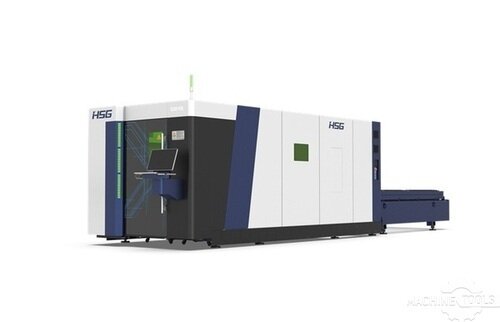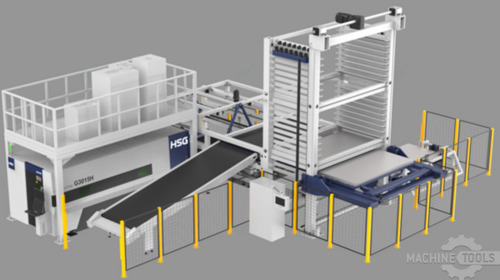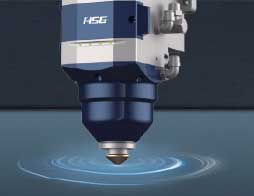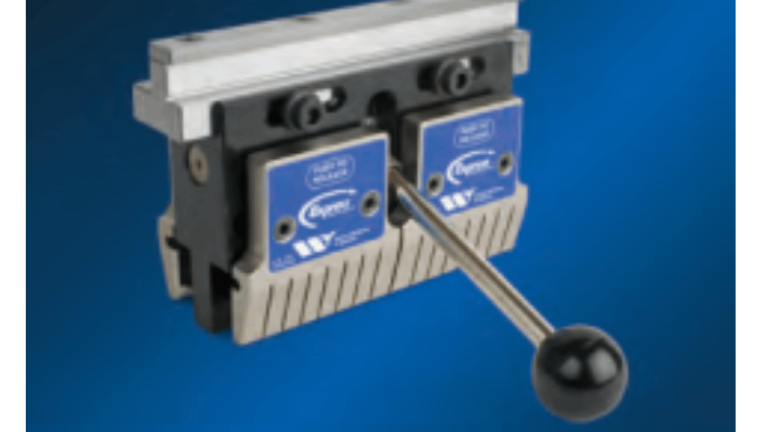In the ever-evolving world of metal fabrication, precision and efficiency are paramount. Flat laser machines have emerged as a game-changer, offering unparalleled accuracy and speed in metal cutting. This article delves into the intricacies of flat laser technology, highlighting its benefits and why it stands out as a superior choice for metal cutting applications.
Understanding Flat Laser Machines: An Overview
Flat laser machines are advanced tools designed for cutting flat sheets of metal with high precision. These machines utilize a focused laser beam to melt, burn, or vaporize the material, resulting in clean and precise cuts. The technology behind flat laser machines has evolved significantly, incorporating features like automated material handling, advanced software for design and cutting path optimization, and real-time monitoring systems to ensure consistent performance.
One of the key components of flat laser machines is the laser source itself, which can be either CO2 or fiber lasers. CO2 lasers have been traditionally used for their ability to cut a wide range of materials, including non-metals. However, fiber lasers have gained popularity due to their higher efficiency, lower maintenance requirements, and superior cutting speeds, especially for thin to medium-thickness metals. The choice between CO2 and fiber lasers depends on the specific needs and materials of the user.
The integration of computer numerical control (CNC) systems with flat laser machines has further enhanced their capabilities. CNC systems allow for precise control over the cutting process, enabling complex shapes and patterns to be cut with minimal human intervention. This automation not only improves accuracy but also reduces the time and labor required for metal cutting tasks, making flat laser machines an indispensable tool in modern metal fabrication.
Precision in Metal Cutting with Flat Laser Technology
Precision is a critical factor in metal cutting, and flat laser machines excel in this regard. The focused laser beam can achieve extremely narrow kerf widths, which means less material is wasted during the cutting process. This precision is particularly beneficial for industries that require intricate designs and tight tolerances, such as aerospace, automotive, and electronics manufacturing.
The ability to produce consistent and repeatable cuts is another advantage of flat laser technology. Unlike traditional cutting methods, which can be affected by tool wear and operator skill, flat laser machines deliver uniform results every time. This consistency is crucial for maintaining high-quality standards and reducing the need for secondary processing, such as deburring or finishing.
Moreover, flat laser machines offer flexibility in cutting various types of metals, including steel, aluminum, brass, and copper. The advanced software used in these machines allows operators to easily switch between different materials and thicknesses, optimizing the cutting parameters for each specific application. This versatility makes flat laser machines a valuable asset for manufacturers who work with a diverse range of metal products.
HSG G3015X 6KW
HSG-G3015H V2.0-STORE PRO3015 10 SHELF
Efficient Metal Cutting: Benefits of Flat Laser Machines
Efficiency is another hallmark of flat laser machines. The high cutting speeds achievable with fiber lasers, in particular, translate to increased productivity and shorter lead times. This efficiency is further enhanced by features such as automated material handling systems, which reduce downtime and streamline the workflow. By minimizing manual intervention, flat laser machines enable manufacturers to achieve higher throughput and meet tight production schedules.
Energy efficiency is also a significant benefit of flat laser technology. Fiber lasers, for instance, convert a higher percentage of electrical energy into laser light compared to CO2 lasers, resulting in lower operating costs. Additionally, the reduced need for consumables, such as cutting tools and blades, further contributes to cost savings over the long term. These financial advantages make flat laser machines an attractive investment for businesses looking to optimize their metal cutting operations.
Finally, the integration of real-time monitoring and diagnostic systems in flat laser machines ensures optimal performance and minimizes downtime. These systems can detect issues such as beam misalignment or material inconsistencies, allowing operators to address problems before they escalate. This proactive approach to maintenance not only extends the lifespan of the equipment but also ensures continuous, reliable operation, which is essential for maintaining competitive advantage in the metal fabrication industry.
FAQ
What types of metals can flat laser machines cut?
Flat laser machines can cut a wide range of metals, including steel, aluminum, brass, and copper. The specific capabilities depend on the type of laser source and the machine’s configuration.
How do flat laser machines compare to traditional cutting methods?
Flat laser machines offer superior precision, consistency, and efficiency compared to traditional cutting methods. They produce cleaner cuts with minimal material waste and require less manual intervention, resulting in higher productivity and lower operating costs.
What are the maintenance requirements for flat laser machines?
Maintenance requirements vary depending on the type of laser source and the machine’s usage. Generally, fiber lasers require less maintenance than CO2 lasers. Regular cleaning, alignment checks, and software updates are essential to ensure optimal performance.
Can flat laser machines handle complex designs?
Yes, flat laser machines are equipped with advanced CNC systems that allow for precise control over the cutting process. This enables the cutting of complex shapes and patterns with high accuracy and repeatability.
What are the energy efficiency benefits of flat laser machines?
Fiber lasers, in particular, are highly energy-efficient, converting a higher percentage of electrical energy into laser light. This results in lower operating costs and reduced environmental impact compared to other cutting methods.
How do automated material handling systems enhance efficiency?
Automated material handling systems reduce downtime by streamlining the workflow and minimizing manual intervention. This leads to higher throughput and shorter lead times, making the cutting process more efficient.
What industries benefit the most from flat laser technology?
Industries such as aerospace, automotive, electronics, and metal fabrication benefit significantly from flat laser technology due to its precision, efficiency, and versatility in handling various metal types and thicknesses.
Flat laser machines represent a significant advancement in metal cutting technology, offering unmatched precision and efficiency. Whether you’re looking to enhance your production capabilities or reduce operational costs, investing in flat laser technology can provide substantial benefits. For personalized guidance and expert advice on the latest flat laser machines, don’t hesitate to reach out.
Get Weekly Mac-Tech News & Updates







